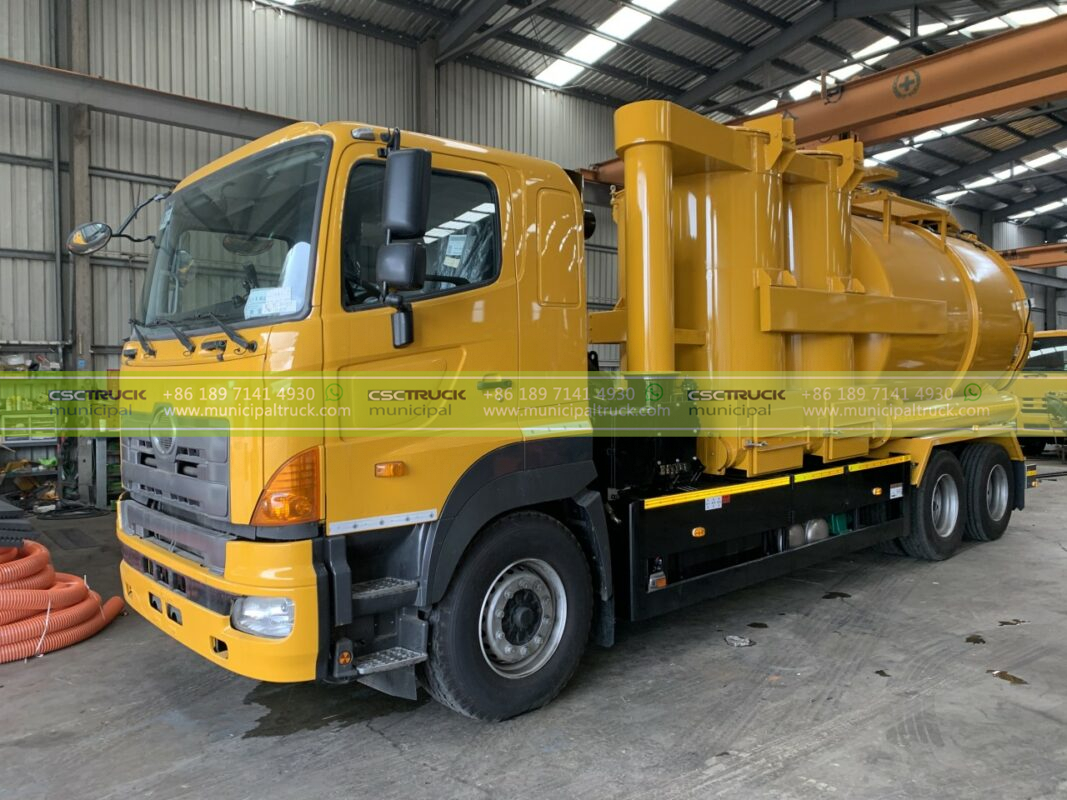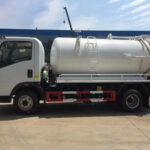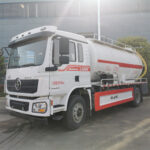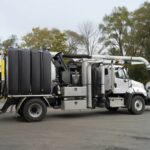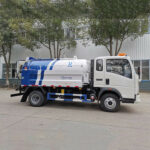In the intricate web of urban infrastructure, few systems are as crucial as water and sewer networks. These underground arteries are responsible for supplying clean water to our homes and businesses while disposing of wastewater efficiently. While the importance of maintaining these systems is undeniable, a rather intriguing question arises: Should sewers be higher than water? To delve into this topic, we must explore the intricacies of water and sewer systems, the challenges they face, and the potential benefits and drawbacks of altering their traditional arrangements.
To understand the concept of elevating sewers above water lines, we must first examine the conventional design. Traditionally, water lines are positioned higher than sewer lines to take advantage of gravity for efficient water flow. Gravity allows water to flow downward, ensuring a smooth movement from reservoirs or treatment plants to households. In contrast, sewer lines are positioned lower to collect and transport wastewater from properties to treatment facilities or discharge points.
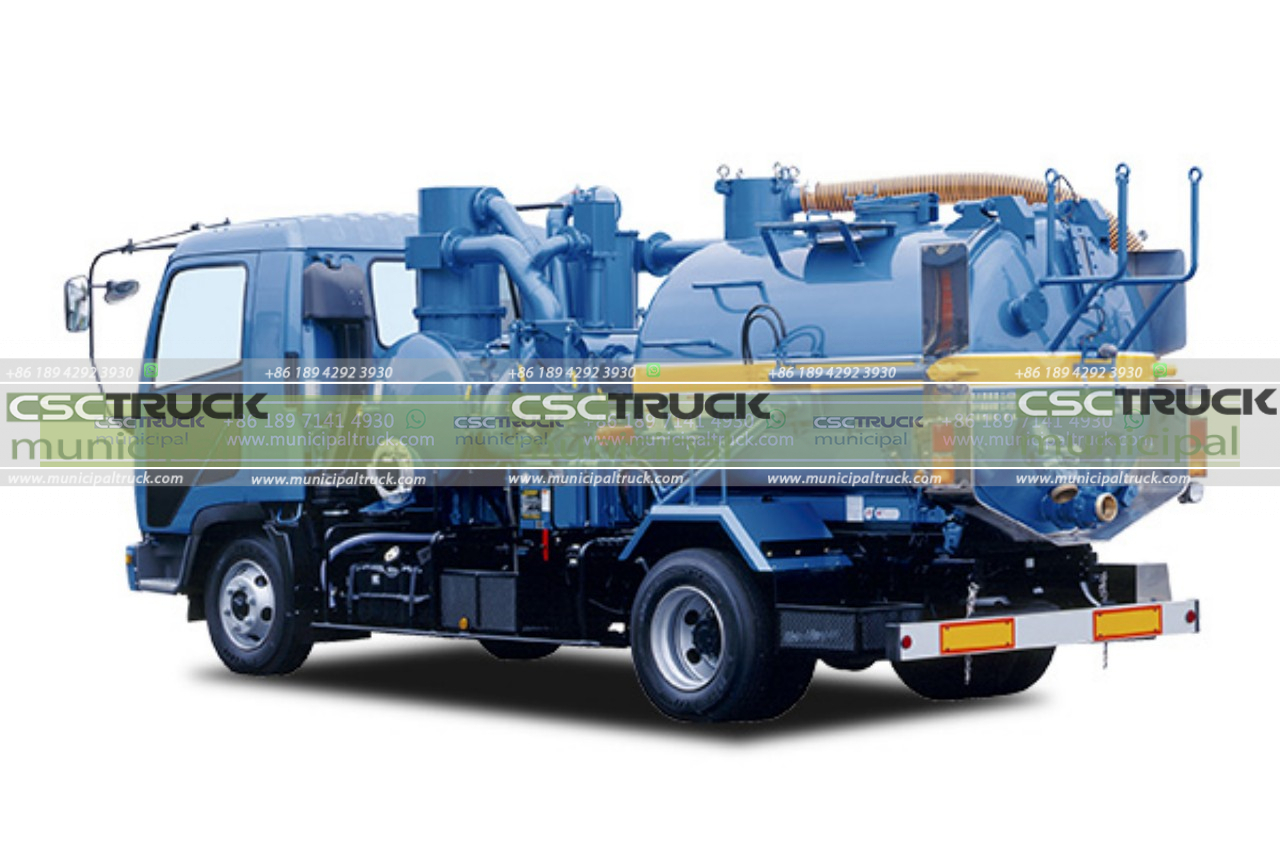
The reasoning behind the traditional design lies in the inherent differences between water and wastewater. Water is a precious resource that is essential for human survival and various daily activities. Thus, it is essential to ensure an uninterrupted supply of clean water to meet the needs of a growing population. By placing water lines at higher elevations, water can be delivered with adequate pressure, minimizing the need for extensive pumping systems and reducing energy consumption.
On the other hand, wastewater, often containing various contaminants, must be efficiently collected and transported for treatment or disposal. Gravity plays a crucial role in this process, as it allows wastewater to flow freely downhill, relying on gravity-assisted movement rather than relying solely on pumps. By positioning sewer lines at lower elevations, the force of gravity aids in the transportation of wastewater, reducing the need for excessive pumping systems and associated energy costs.
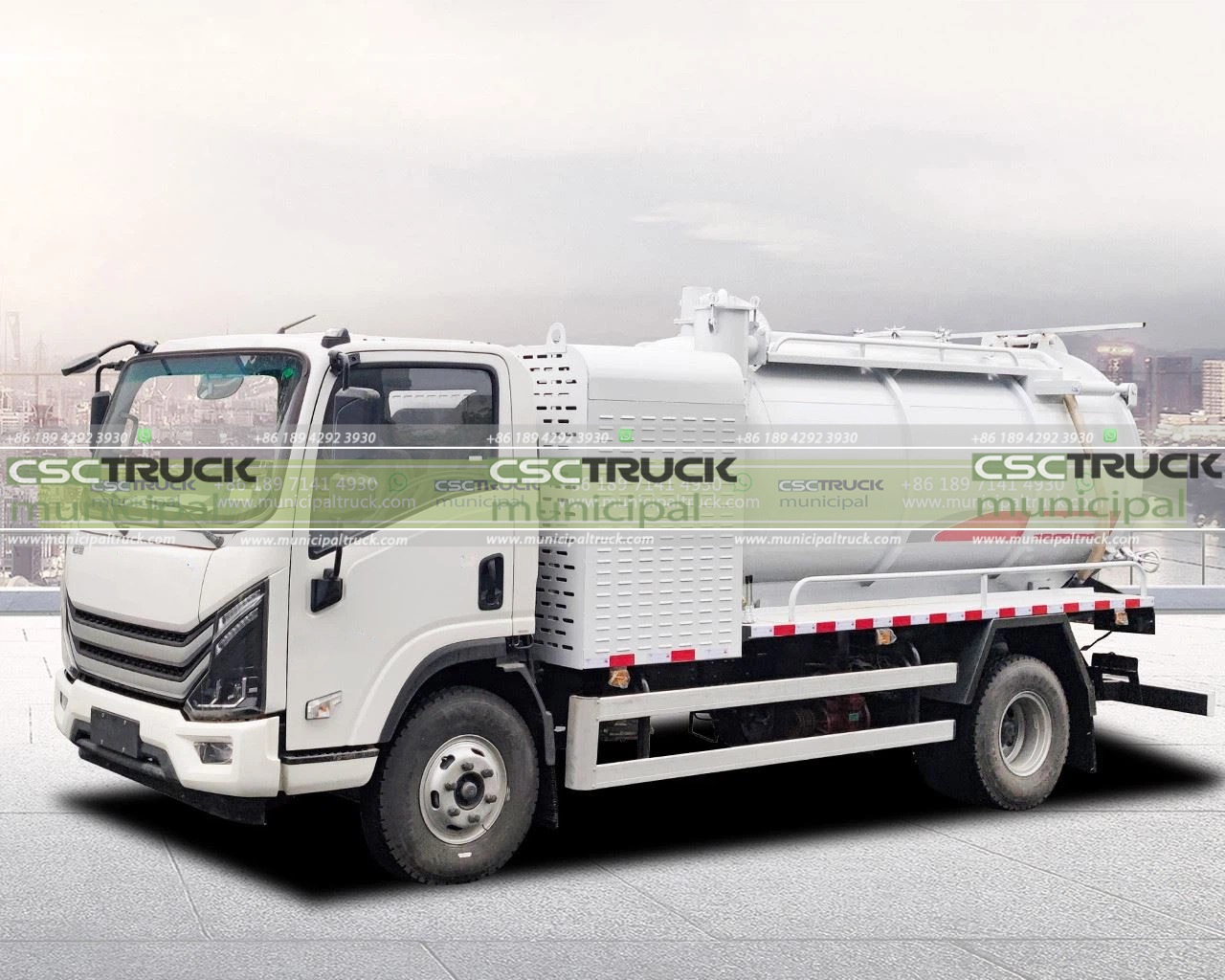
However, considering the question of whether sewers should be higher than water opens up intriguing possibilities. One argument in favor of elevating sewer lines is the potential to prevent sewer overflow during heavy rainfall or flood events. In many cities, heavy precipitation can overwhelm sewer systems, leading to a phenomenon known as combined sewer overflow (CSO). During CSO events, a mixture of stormwater and raw sewage is discharged directly into water bodies, posing a significant risk to public health and the environment.
Elevating sewers above water lines could help mitigate the risk of CSOs. By positioning sewer lines higher, the flow of stormwater and sewage could be better controlled, preventing their simultaneous overflow. This approach would require the implementation of additional pumping systems to move wastewater uphill, but it could reduce the occurrence of CSOs, protecting water bodies and preserving water quality.
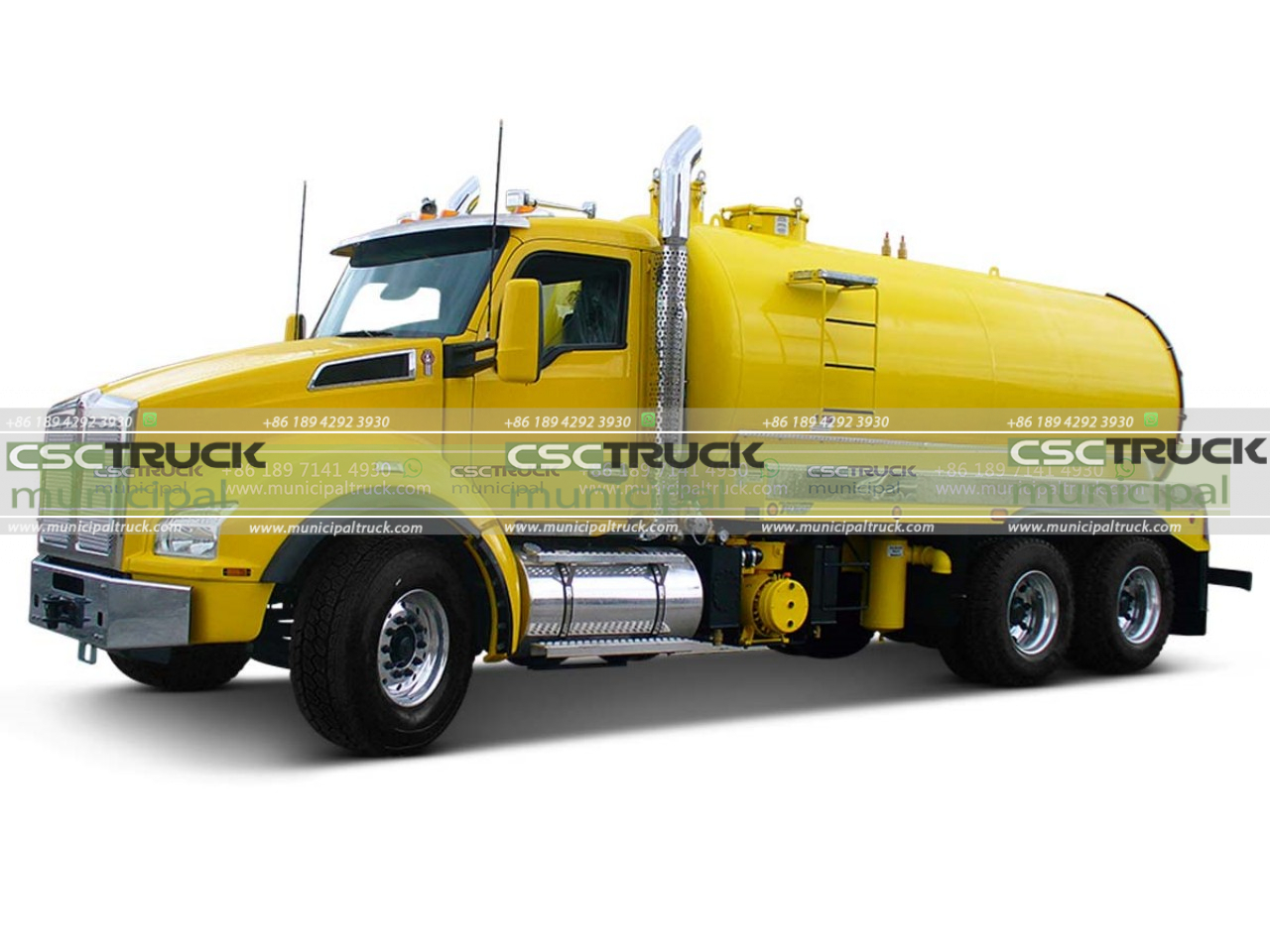
Moreover, placing sewer lines at higher elevations could simplify maintenance and repairs. Sewer systems are prone to clogs, leaks, and blockages that require regular inspections and interventions. However, accessing and repairing underground infrastructure is often a challenging and costly endeavor. By raising sewer lines closer to the surface, maintenance, and repair operations would become more accessible, leading to reduced costs and quicker response times.
Despite these potential benefits, there are several significant challenges and drawbacks to consider. First and foremost, the cost of retrofitting existing infrastructure to elevate sewer lines would be substantial. It would require significant investment in engineering, construction, and the installation of pumping systems. The financial burden would likely fall on local governments and utility providers, and they would need to carefully assess the cost-effectiveness of such a large-scale project.
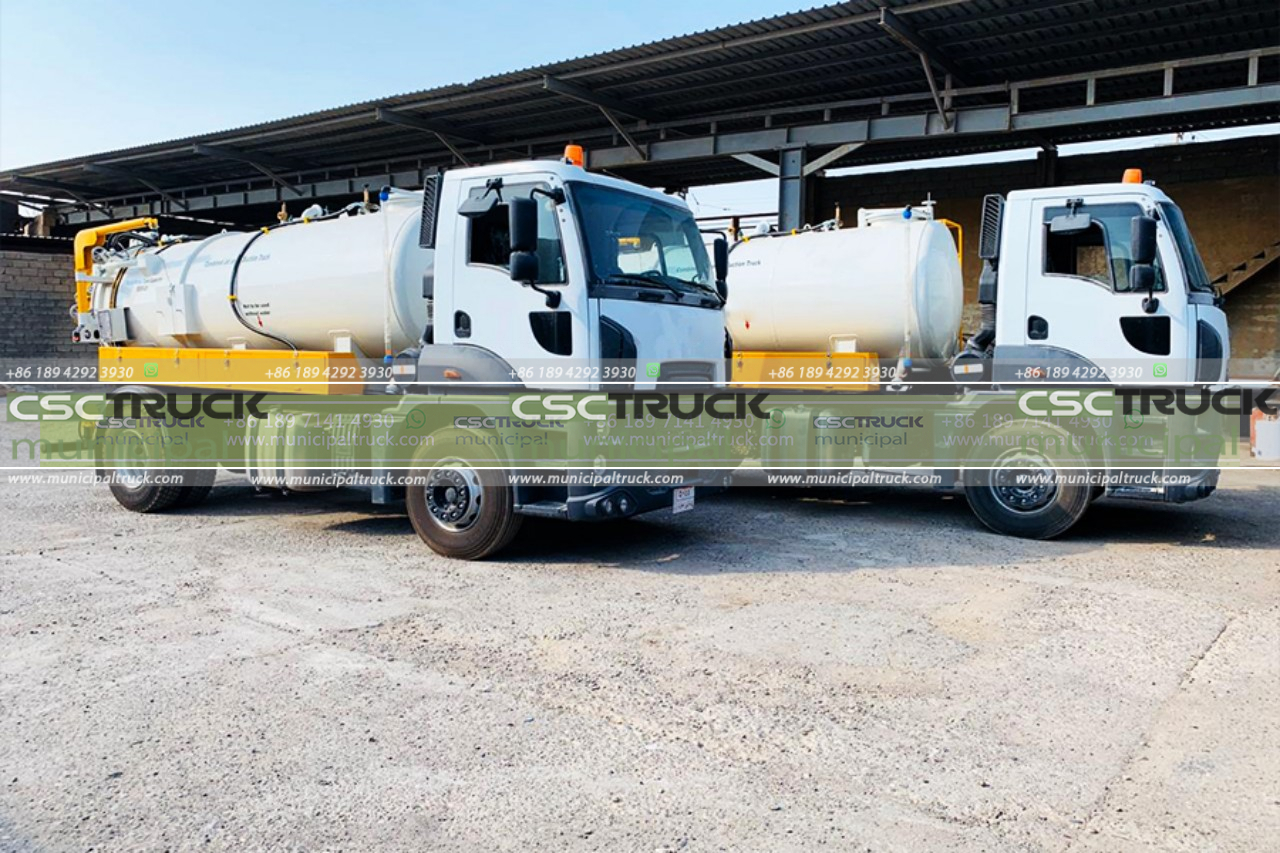
Additionally, elevating sewer lines could introduce technical complexities. The existing sewer network is designed based on the principle of gravity flow and altering this arrangement would require reconfiguring the entire system. Implementing the necessary pumping stations, pressure control mechanisms, and monitoring systems would require careful planning and coordination. Failure to address these technical challenges could lead to inefficient flow, increased energy consumption, and potential service disruptions.
Furthermore, the environmental impact of elevating sewer lines should not be overlooked. The construction required to reconfigure the sewer system could result in disturbance to ecosystems and habitats. Excavations and modifications to the underground infrastructure may disrupt delicate ecosystems and affect the natural flow of water in the area. It is essential to conduct thorough environmental impact assessments and develop mitigation strategies to minimize any adverse effects on the environment.

Another consideration is the potential risk of reverse flow or backflow. Elevating sewer lines could increase the likelihood of wastewater flowing backward into the water supply, contaminating the clean water source. To mitigate this risk, backflow prevention devices would need to be installed at various connection points and cross-connections between water and sewer lines. These devices would ensure the protection of the water supply and prevent contamination incidents.
Additionally, community acceptance and public perception play a crucial role in implementing such a significant change to infrastructure. The concept of elevating sewer lines may be met with resistance and skepticism from the public. Concerns regarding aesthetics, noise pollution from pumping stations, and the overall impact on daily life and property values could arise. Public consultation and engagement would be vital to address these concerns and ensure that the proposed changes align with the community’s needs and expectations.
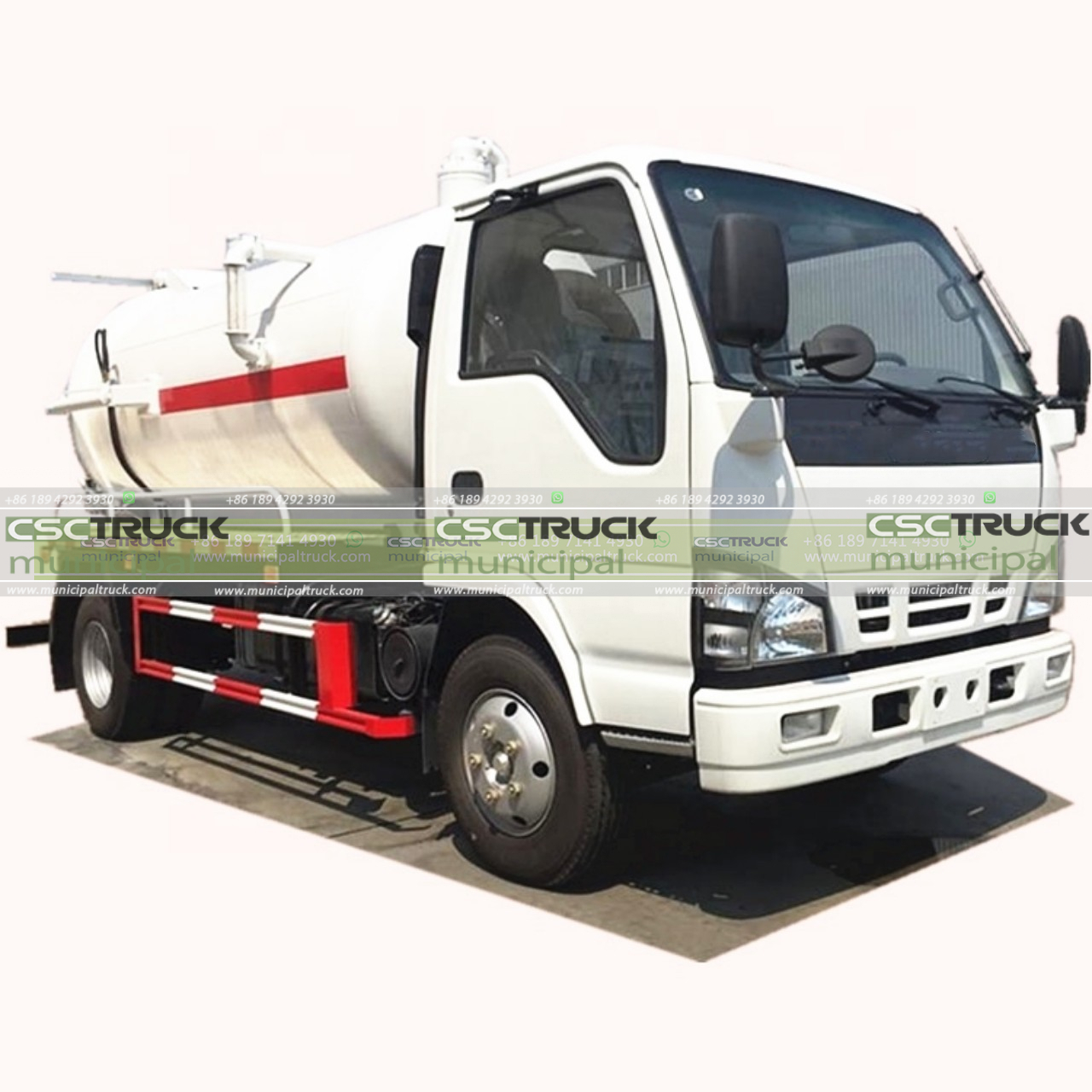
In conclusion, the question of whether sewers should be higher than water presents an intriguing possibility for improving the efficiency and resilience of urban infrastructure. Elevating sewer lines above water lines could potentially reduce the occurrence of combined sewer overflows, simplify maintenance and repairs, and provide better control over the wastewater system. However, significant challenges, including cost, technical complexities, environmental impact, and public perception, must be carefully considered. Thorough feasibility studies, environmental assessments, and stakeholder engagement are essential before embarking on any large-scale reconfiguration of the sewer system. Balancing the potential benefits against the drawbacks is crucial to ensure that any modifications to the infrastructure align with the goals of sustainability, efficiency, and the well-being of the community.

Contact us for this municipal truck or similar trucks: [email protected] Call us or What's APP us: +86 189 4292 3930

